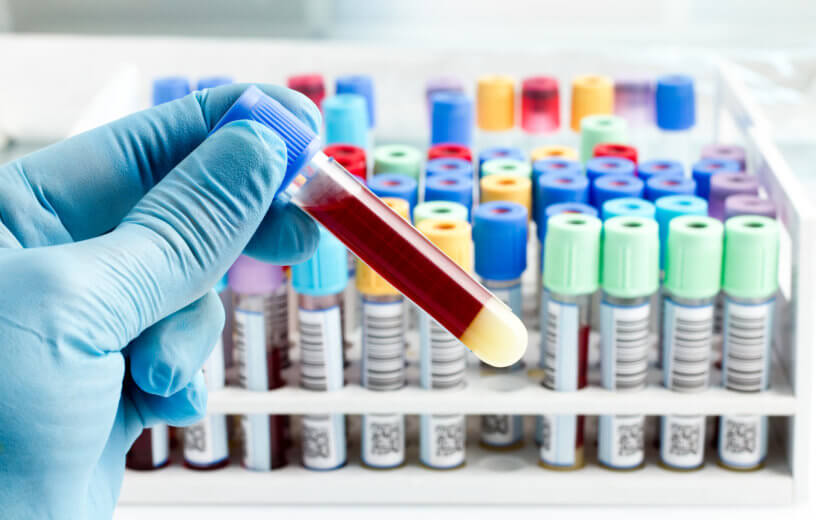LUGANO, Switzerland — A new “all-in-one” blood test can detect more than 50 different types of cancer. In a new report, researchers with the European Society for Medical Oncology say the new screening test, which takes 10 days to process, often detects cancer before symptoms appear. It can even pinpoint where in the body a cancerous tumor is located.
Estimates from the National Cancer Institute show over 1.8 million new cancer cases were diagnosed in the United States in 2020. More 600,000 people died from the disease. In many cases, catching the cancer early can mean the difference between life and death.
However, for some of the most deadly cancers, such as liver, pancreatic, and esophageal, screening tests are not always available. Now, scientists have come up with a way which can detect all sorts, including those cancers which evade normal screenings. The company behind the research, GRAIL, Inc., has already made the test available in the U.S. by prescription only or to complement other screening methods.
“Finding cancer early, when treatment is more likely to be successful, is one of the most significant opportunities we have to reduce the burden of cancer,” says lead author Dr. Eric Klein, chairman of the Glickman Urological and Kidney Institute, in a media release. “These data suggest that, if used alongside existing screening tests, the multi-cancer detection test could have a profound impact on how cancer is detected and, ultimately, on public health.”
How does the new test work?
During the test, doctors take a blood sample from the patient and scan it for DNA, known as cell-free DNA (cfDNA), which tumors shed into the blood. Scientists then use genetic sequencing to detect whether any chemical changes to the DNA are taking place, a process called methylation.
The results then pass through a computer algorithm which checks for any abnormal patterns in methylation, a sign cancer may be present. The test also can determine where in the body the cancer is located with results available within 10 business days of the sample reaching the lab.
Catching most cancers in their early stages
To determine its effectiveness, the researchers conducted a trial involving 2,823 cancer patients and 1,254 healthy individuals. The test detected signals for more than 50 different types of cancer across all four stages of the disease. Stage I is when the cancer is still small and only in one area, whereas stages II and III mean it has spread to nearby tissue, and stage IV to other parts of the body.
Results show the test’s sensibility – or ability to identify when cancer was present – is accurate in 67.6 percent of cases across stages I through III for 12 types of cancer. These account for two-thirds of all cancer deaths in the U.S.
For all cancers, detection improved with each cancer stage, from 16.8 percent at stage I to 90.1 percent at stage IV. The test’s sensitivity is also twice as high when detecting solid tumors for which there are no other screening options – 65.6 percent compared to 33.7 percent. Also, it identified the body tissue in which the cancer was growing correctly in 88.7 percent of cases.
“We believe that cancers that shed more cfDNA into the bloodstream are detected more easily,” Dr. Klein adds. “These cancers are also more likely to be lethal, and prior research shows that this multi-cancer early detection test more strongly detects these cancer types. Cancers such as prostate shed less DNA than other tumors, which is why existing screening tests are still important for these cancers.”
Making cancer detection easier for low-income communities
The researchers are continuing to collect data from large prospective studies still taking place in America. GRAIL is also establishing a partnership with the United Kingdom’s National Health Service to conduct a trial involving 165,000 patients later this year.
“These data add to a growing body of literature that supports the use of next-generation sequencing for the detection of cell-free DNA in blood samples as a tool for earlier detection of common cancers that account for a significant number of deaths and other health problems worldwide,” Dr. Klein concludes. “In addition, a screening test that requires only a simple blood draw could provide an option for communities that have poor access to medical facilities. I’m excited about the potential impact this approach will have on public health.”
The findings appear in the journal Annals of Oncology.
SWNS writer Tom Campbell contributed to this report.
